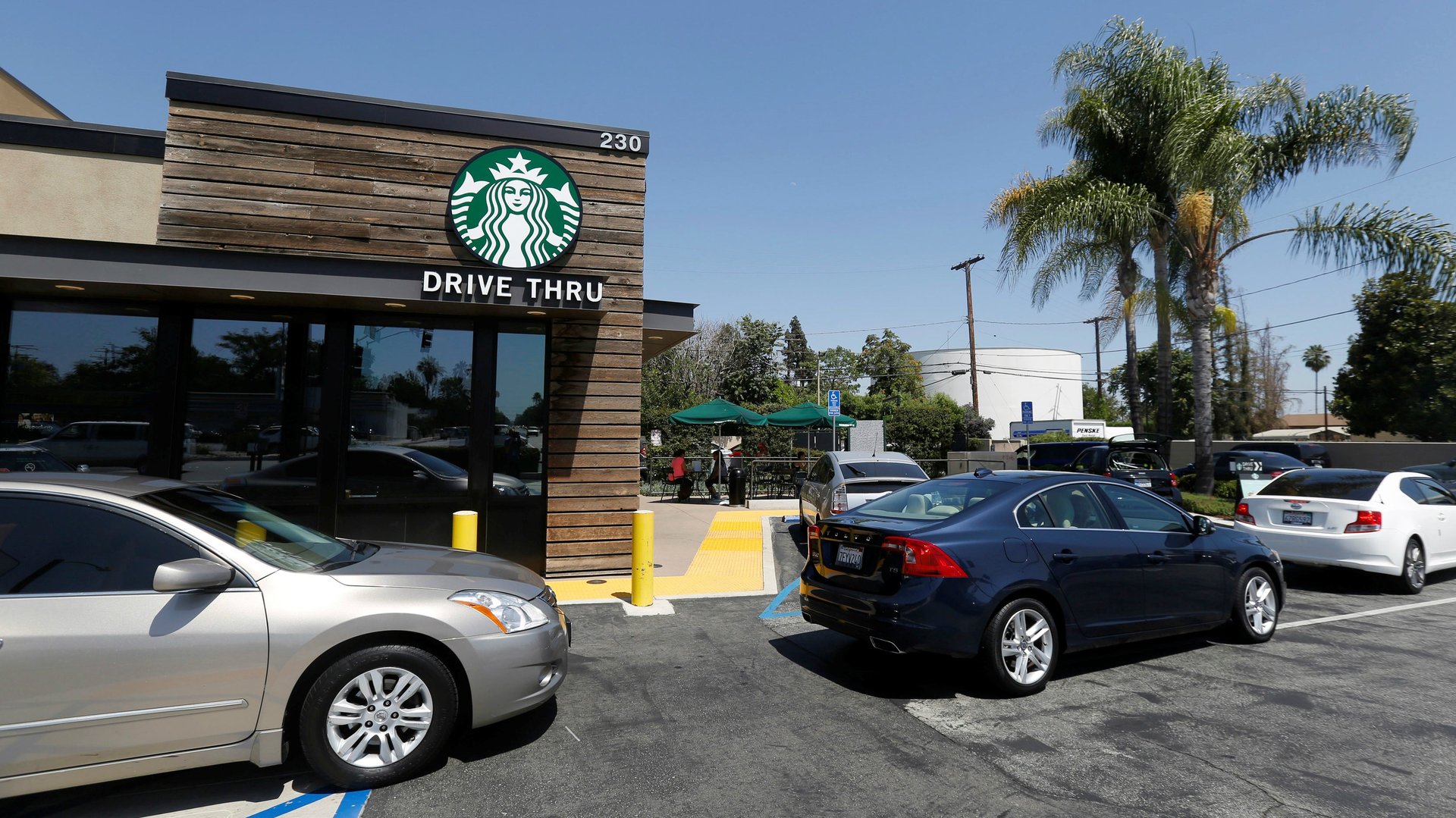Mobile ordering at Starbucks doesn’t save time, it just creates another invisible queue
Mobile ordering was supposed to be a new way to cut lines without the shame—but for companies such as Starbucks, the program is starting to backfire.


Mobile ordering was supposed to be a new way to cut lines without the shame—but for companies such as Starbucks, the program is starting to backfire.
There’s no doubt that placing orders ahead of time has become a popular tool for US consumers. Mobile ordering now accounts for about 7% (pdf) of Starbucks’ total orders, up 3% in the last year, according to company disclosures. But that’s precisely the problem.
As more people have turned to mobile ordering, they’ve created a second, invisible line. And when chains such as Starbucks and Chipotle don’t have enough extra employees to handle those orders, customers who expected to cut the line wind up waiting in the store anyway.
Indeed, Starbucks CEO Kevin Johnson in January told investors that the bottleneck has led some customers to walk into the store and leave without their coffee or paying. To fix this, Johnson said the company would be adding new “roles and resources,” including sending customers a text message when their orders are ready so that customers aren’t left to wait in the store, in the second line, frustrated and under-caffeinated.
This isn’t a problem unique to Starbucks. At Chipotle, some customers had a wait time that averaged as much as 30 minutes to fulfill an online order, not all of which was spent waiting in the store.
That led the company to create in-kitchen teams to work fill online orders, and gave consumers estimated wait times based on the how busy individual stores are at the time of order. As a result, wait times were cut in half, according to Business Insider.
At Panera, another popular US chain, adding the mobile ordering service was more than just creating an app for consumers’ phones. The chain reexamined its entire workflow, which led to redesigned kitchens and changing the assembly line to complement the new technology.